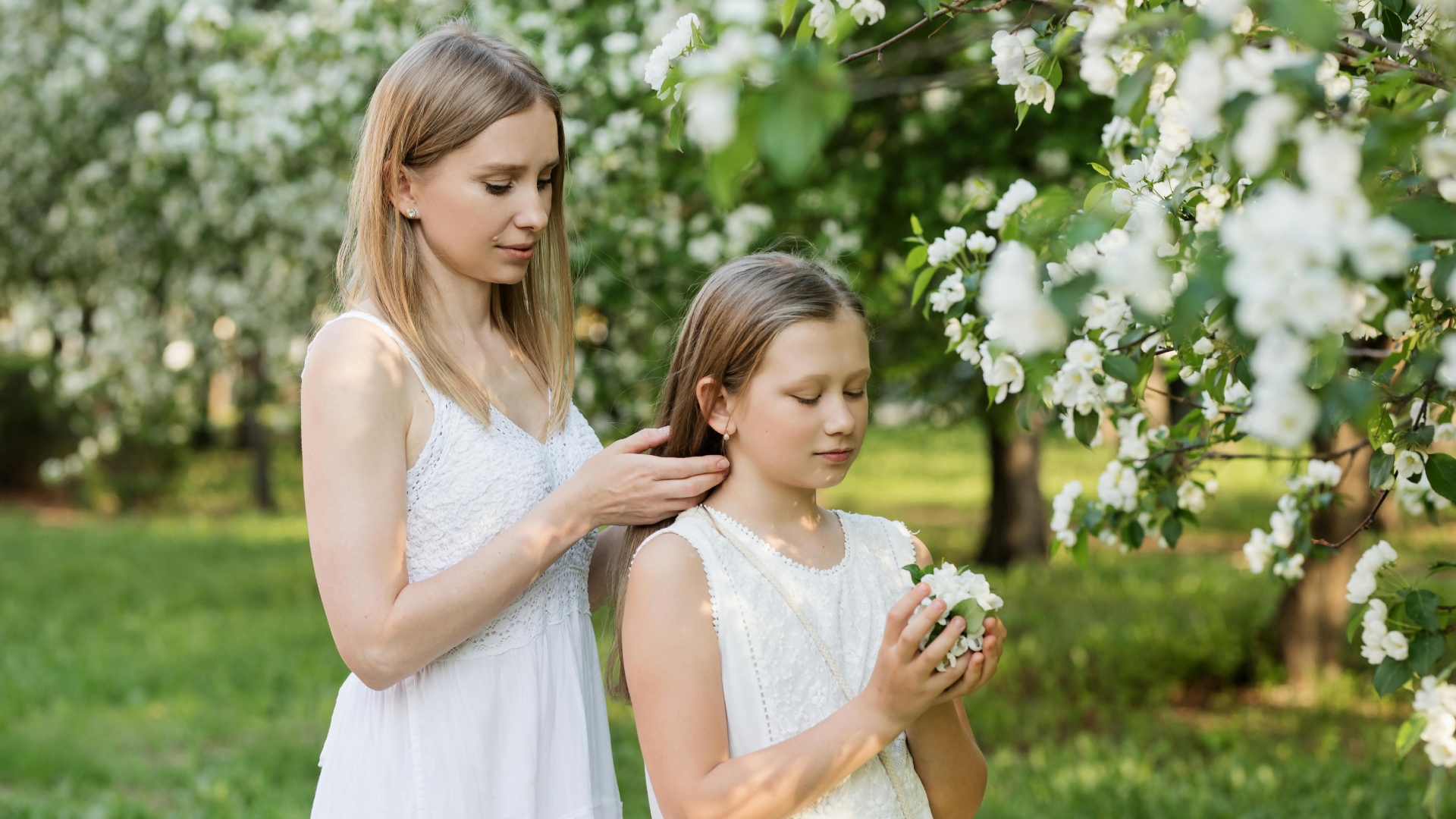Understanding the Eldest Daughter Syndrome
Eldest daughters often find themselves in a unique position within their families. They are frequently the first to step up, offer help, and manage tensions. From an early age, they may be expected to anticipate the needs of others, which can create a sense of responsibility that feels almost natural. However, this role can come with a silent pressure that starts in childhood and continues into adulthood.
The Concept of Eldest Daughter Syndrome
While not officially recognized as a medical condition, the term “eldest daughter syndrome” has gained traction on platforms like TikTok. It was popularized by American psychologist Katie Morton, who highlighted how many women relate to the idea of constantly managing everything and carrying the weight of the family on their shoulders. This concept captures behaviors learned from a young age, such as emotional overinvestment, hyper-responsibility, and a strong need for control. These traits often develop in environments where high expectations are placed on older girls.
Social and Gendered Influences
The phenomenon is deeply rooted in social and gender norms. Psychologist Héloïse Junier explains that these expectations vary across cultures and educational contexts. In many families, girls are often tasked with looking after younger siblings, helping with household chores, or mediating conflicts. These roles, sometimes unconsciously assigned, shape a posture of being an “exemplary elder,” which can be challenging to change. As a result, older daughters often develop prosocial skills like empathy and mediation, but at the cost of early mental strain.
The Impact on Adult Life
As these women grow older, the role they played as eldest daughters becomes deeply ingrained. Many report difficulties in delegating tasks, a tendency to demand perfection from themselves, and a constant need for validation. The pressure can lead to anxiety, emotional exhaustion, and a suppression of personal needs. Héloïse Junier emphasizes that while older daughters are often seen as pillars of strength, they didn’t always choose this role. Being strong all the time isn’t a vocation; it’s a learned behavior.
Recognizing the Invisible Burden
The experience of eldest daughters touches on intimate family dynamics that have often been overlooked. These women often become adults before their time, driven by the expectation to “help,” “set an example,” or “not make waves.” Behind this role lies heightened sensitivity, a deep need for recognition, and sometimes, a form of exhaustion. The care these women provide for others deserves to be turned inward, allowing them to nurture themselves as well.
Finding Freedom from the Role
Yes, it is possible to free oneself from the pressures associated with being an eldest daughter. This requires recognizing the dynamic and discussing it openly. Understanding that this role isn’t inevitable allows for a new perspective. It’s not about rejecting one’s past or family, but about reclaiming personal needs, setting boundaries, and learning to say no—even gently.
Support for this process can come from therapeutic approaches or conversations with other older women. Simply naming what one feels and realizing that they are not alone can be liberating. While “eldest daughter syndrome” isn’t a psychological disorder, it reflects an invisible burden—a tenderness that is sometimes exploited. By giving it a name, women take back control of their own history. And if they continue to care for others, they can now learn to care for themselves too.







